I’m quite a bit obsessed with David Rudkin’s 1974 BBC Play for Today Penda’s Fen (when I was looking for a short, snappy URL for this site a few years back, I eventually settled on Pinvin, the name of a small village in Worcestershire whose name is derived from Pendefen, or ‘Penda’s Fen’.)
Watching Penda’s Fen conjures up the same sense of Britain’s pagan past and pastoral otherness that you get from the original film of The Wicker Man. There are similarities between them. Both are set in idyllic rural settings, both feature the idea of a living, breathing land before the arrival of Christianity and both were filmed within a year of each other. The unrestored scenes rescued for the long cut of The Wicker Man have the same fuzzy, analogue hum as the VHS-to-DVD version of Penda that John Coulthart put together. It feels as if bits of it have been recorded straight to oak.
The film is both intellectually and visually rich. Rudkin’s dense, intelligent script is masterfully realised on screen by director Alan Clarke (of Scum fame). Because Clarke’s vision is so in tune with Rudkin’s script, you can’t imagine one without the other. Rudkin himself says of Clarke at the beginning of the book version of the Penda’s Fen script (pub. 1975 Davis-Poynter):
I must try to thank also the director, Alan Clarke, for his deep stillness and moral integrity in its realisation – a director gifted with that rarest and most significant director’s gift of all, the gift of standing out of his own light.
The main point of this post isn’t to discuss the inner meaning within Penda, which has been covered in depth elsewhere on the web, but rather to share the little I found out about where it was shot, which doesn’t seem to be so readily available. Last year, with nothing better to do and armed with a pictorial list of hundreds of British churches and Google Streetview, I went on a virtual Penda’s Pilgrimage to try and track down the locations used in the film. Luckily the original location scouts kept it nice and tight, and once I’d found the church, the rest of it fell into place pretty quickly.
If you haven’t seen the original film and are at all interested to see what the fuss is about, you can watch it on YouTube here. If you have seen it, and are one of the three people who might be interested to know where bits of it were filmed, read on…
Penda’s Fen Locations
- Rev. J. Franklin’s church (St. John the Baptist church, Chaceley, Worcestershire)

- The Rectory (The Old Vicarage, Chaceley)
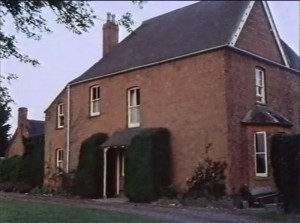

- Stephen’s school interiors (Royal Grammar School, Worcester)
A recent image can be found here
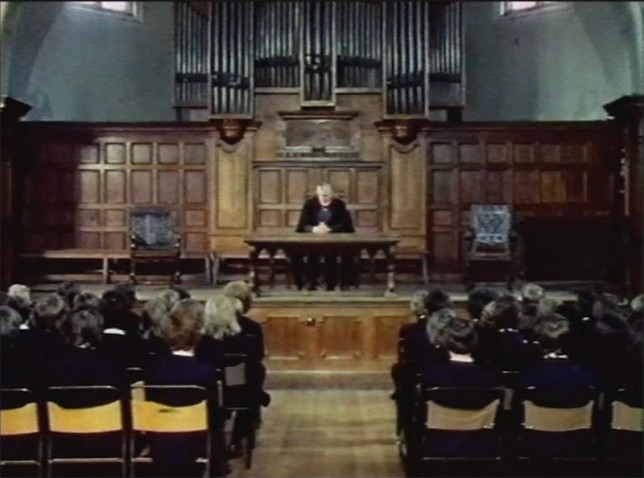

- Parish Hall (Chaceley Village Hall)

- Closed road to Pinfin (think this is the right one…)

- Arne’s house (Window shape and outer chimney suggest Church Cottage, Chaceley – before right wing extension and replacement chimney stack)
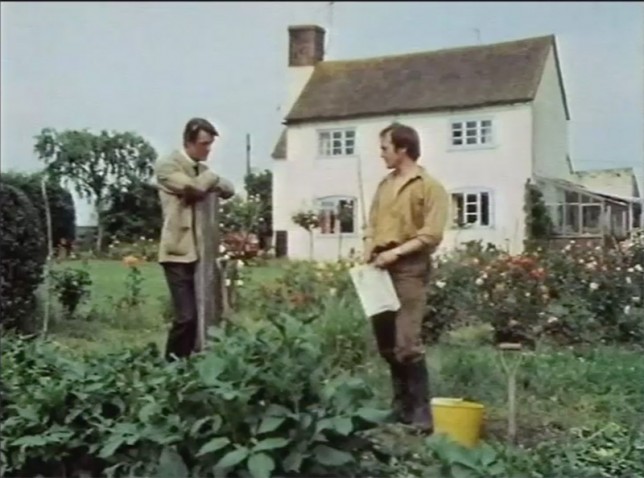
- Chaceley Hall

- Stephen’s dream (Rous Lench Court and gardens, Evesham, Worcs WR11 4UJ)

- Parishioner’s cottage (Bishop’s Walk, Forthampton)
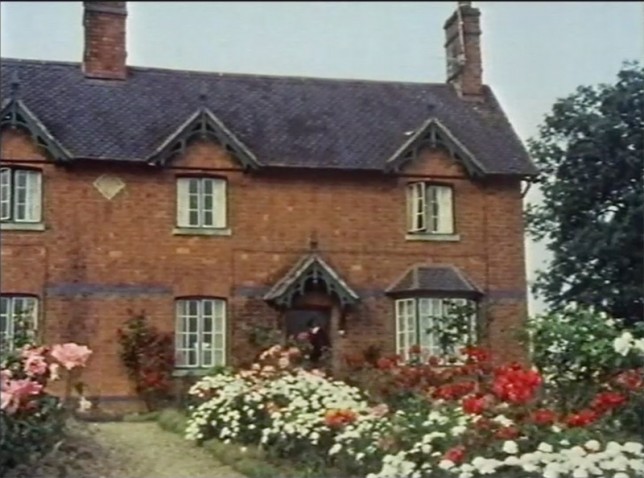
- Malvern hills (exact location unknown)

- Church interior/organ (Chaceley church)
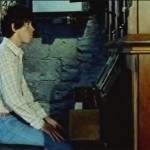
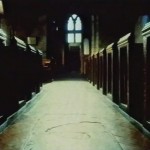
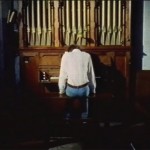
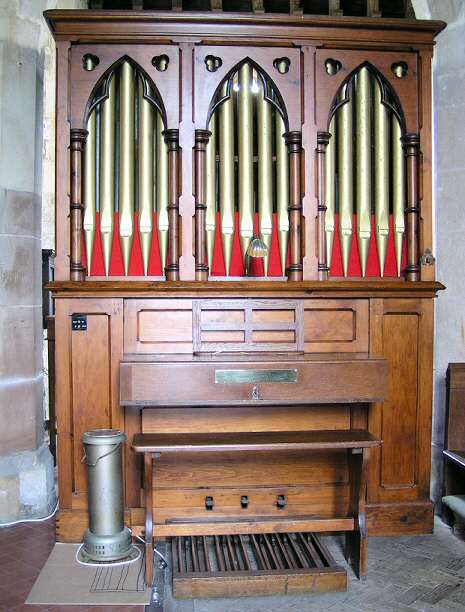
Chaceley church organ. Photo credit: Unknown (Please let me know if it’s yours and you want it removed/a credit)
